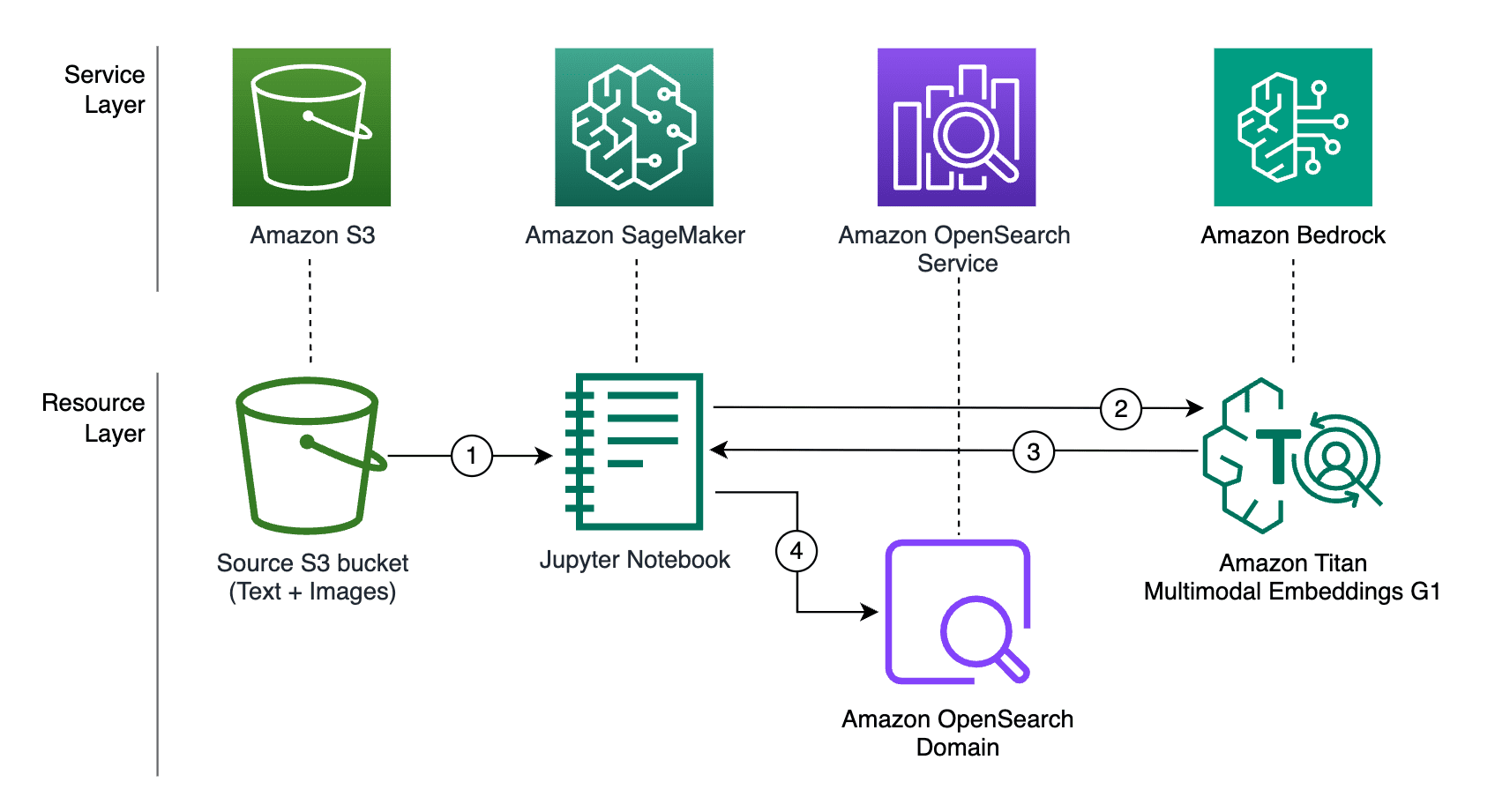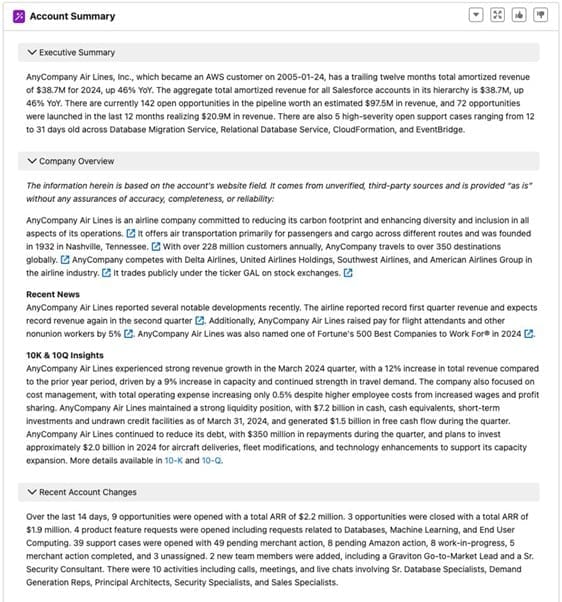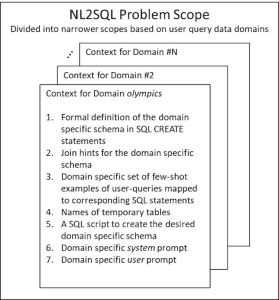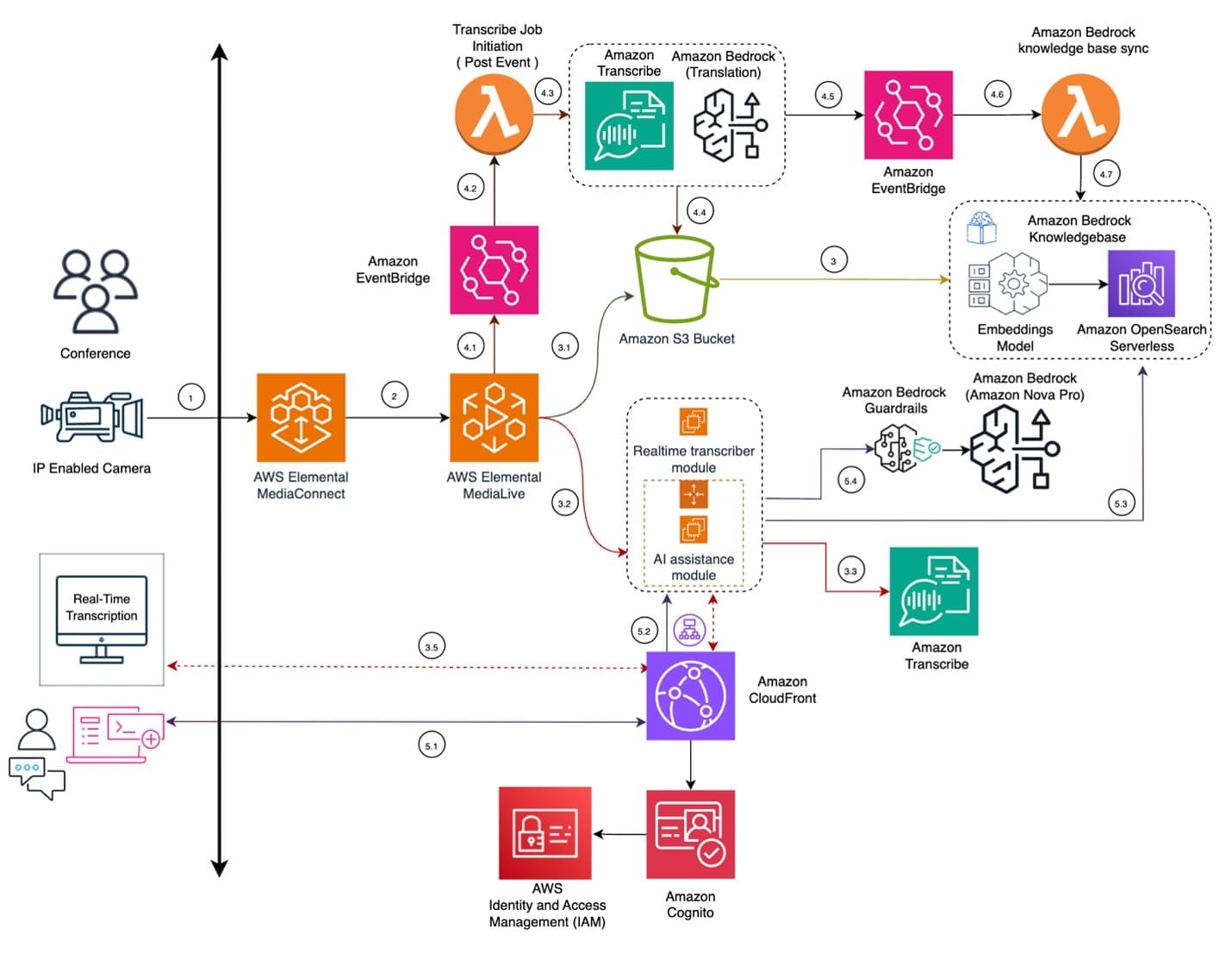How we built Cloud WAN to support businesses amid the rise of AI
Favorite Go behind the scenes on the development of Google Cloud WAN, now available to external customers for the first time. View Original Source (blog.google/technology/ai/) Here.
Favorite Go behind the scenes on the development of Google Cloud WAN, now available to external customers for the first time. View Original Source (blog.google/technology/ai/) Here.

Favorite Customers today expect to find products quickly and efficiently through intuitive search functionality. A seamless search journey not only enhances the overall user experience, but also directly impacts key business metrics such as conversion rates, average order value, and customer loyalty. According to a McKinsey study, 78% of consumers
Read More![]() Shared by AWS Machine Learning April 25, 2025
Shared by AWS Machine Learning April 25, 2025

Favorite AWS Field Experience (AFX) empowers Amazon Web Services (AWS) sales teams with generative AI solutions built on Amazon Bedrock, improving how AWS sellers and customers interact. The AFX team uses AI to automate tasks and provide intelligent insights and recommendations, streamlining workflows for both customer-facing roles and internal support
Read More![]() Shared by AWS Machine Learning April 25, 2025
Shared by AWS Machine Learning April 25, 2025

Favorite This blog post is co-written with Renuka Kumar and Thomas Matthew from Cisco. Enterprise data by its very nature spans diverse data domains, such as security, finance, product, and HR. Data across these domains is often maintained across disparate data environments (such as Amazon Aurora, Oracle, and Teradata), with
Read More![]() Shared by AWS Machine Learning April 25, 2025
Shared by AWS Machine Learning April 25, 2025
Favorite Google’s AI Works report shares how the UK can double AI usage, narrow the AI adoption gap, and boost worker productivity. View Original Source (blog.google/technology/ai/) Here.
Favorite AI could one day help neuroscientists predict activity in the human brain, just like language models can predict the next word in a sentence.After more than a decade of … View Original Source (blog.google/technology/ai/) Here.

Favorite Retrieval Augmented Generation (RAG) applications have become increasingly popular due to their ability to enhance generative AI tasks with contextually relevant information. Implementing RAG-based applications requires careful attention to security, particularly when handling sensitive data. The protection of personally identifiable information (PII), protected health information (PHI), and confidential business
Read More![]() Shared by AWS Machine Learning April 24, 2025
Shared by AWS Machine Learning April 24, 2025

Favorite Archival data in research institutions and national laboratories represents a vast repository of historical knowledge, yet much of it remains inaccessible due to factors like limited metadata and inconsistent labeling. Traditional keyword-based search mechanisms are often insufficient for locating relevant documents efficiently, requiring extensive manual review to extract meaningful
Read More![]() Shared by AWS Machine Learning April 24, 2025
Shared by AWS Machine Learning April 24, 2025

Favorite This post is co-written with Saibal Samaddar, Tanushree Halder, and Lokesh Joshi from Infosys Consulting. Critical insights and expertise are concentrated among thought leaders and experts across the globe. Language barriers often hinder the distribution and comprehension of this knowledge during crucial encounters. Workshops, conferences, and training sessions serve
Read More![]() Shared by AWS Machine Learning April 23, 2025
Shared by AWS Machine Learning April 23, 2025

Favorite In December, we announced the preview availability for Amazon Bedrock Intelligent Prompt Routing, which provides a single serverless endpoint to efficiently route requests between different foundation models within the same model family. To do this, Amazon Bedrock Intelligent Prompt Routing dynamically predicts the response quality of each model for a
Read More![]() Shared by AWS Machine Learning April 23, 2025
Shared by AWS Machine Learning April 23, 2025